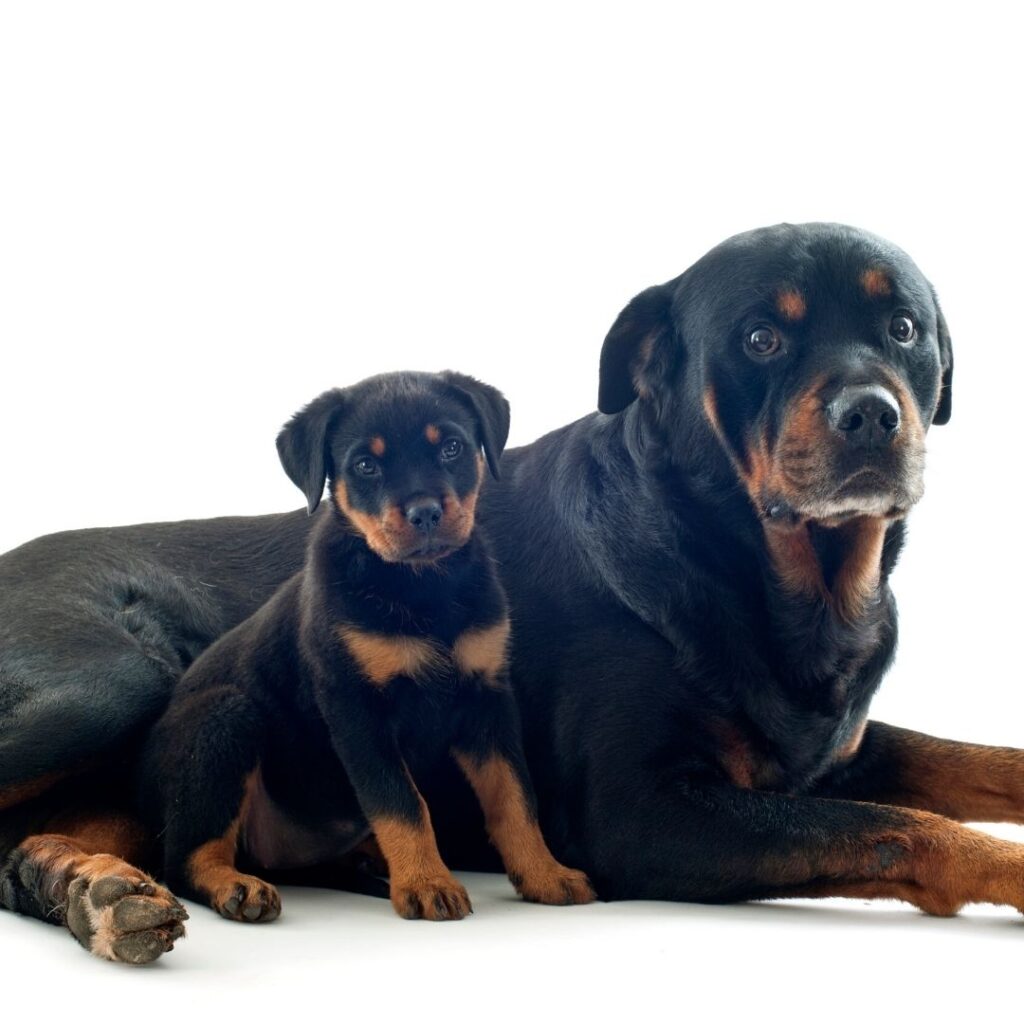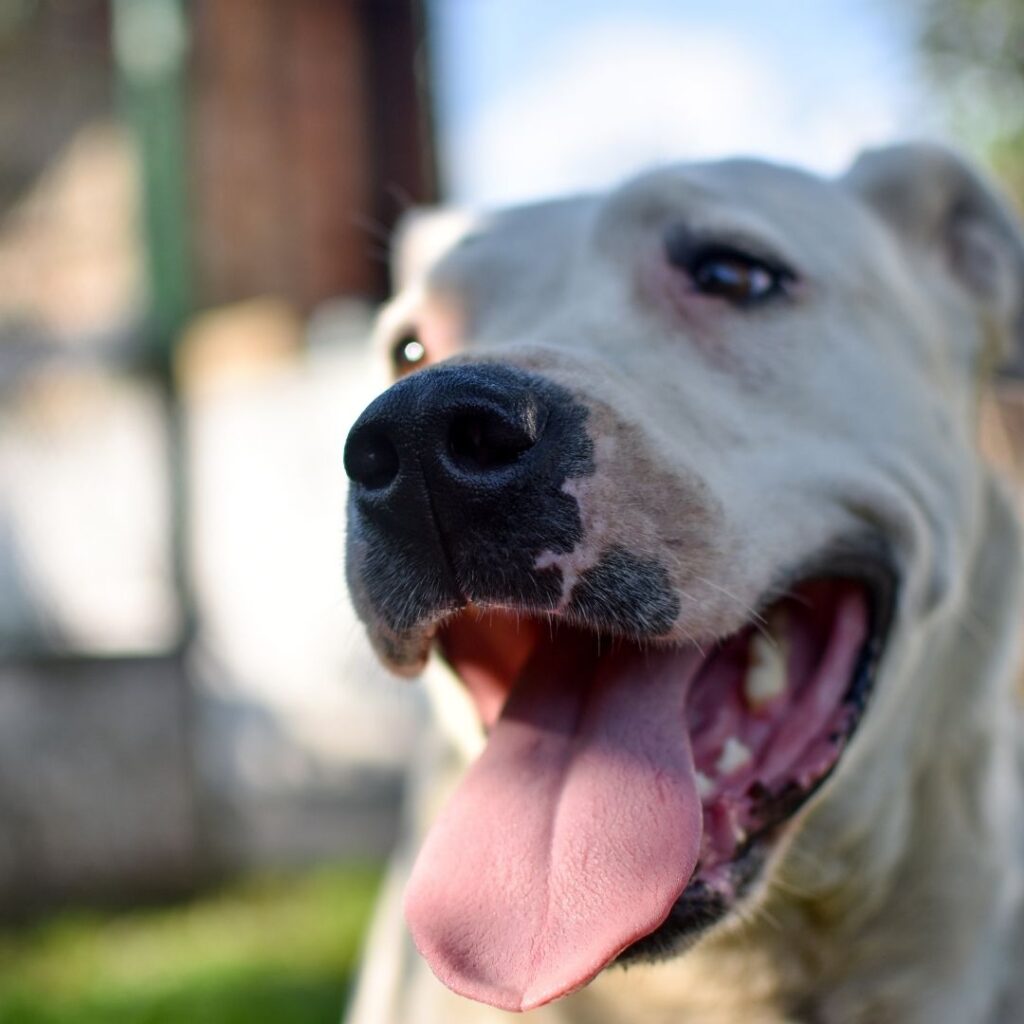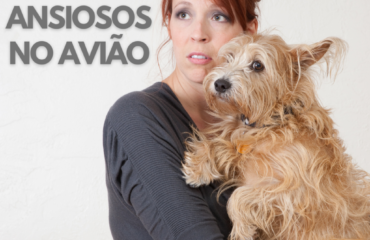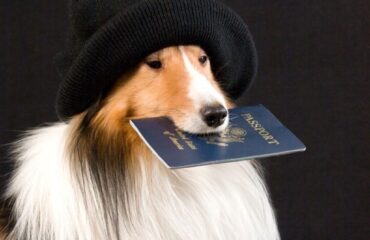
There are some dangerous breeds of dogs that have travel restrictions.
And for that reason, the pet’s father and mother must always be aware of the flight rules and, above all, know how to deal with the situation and have a smooth and safe trip from beginning to end.
However, it is worth mentioning that a breed does not define the dog’s nature. And even if the owner knows the real nature of the animal, companies do not consider the information and follow data and metrics that indicate which breeds are dangerous or not.
And to explain a little better about the subject, PETFriendly Turismo has gathered in this article the main information about dangerous breeds of dogs and, above all, all the details that directly impact your future trip .
What are the most dangerous breeds of dogs?
As we explained earlier, dangerous dog breeds are not a general rule for all companies.
Among the main dangerous breeds of dogs are:
- Pittbull
- Staffordshire terrier (all breeds)
- Rottweiller
- Dogo Argentino
- Fila Brasileiro
These breeds may face more severe restrictions to travel and the airline even prohibits the owner and pet from boarding if the animal shows a more aggressive behavior.
In particular, the pitbull is considered an extremely dangerous breed and therefore, its circulation is prohibited in American cities and also in European countries.
Including, according to a American research, 7 out of 10 bite wounds end up being caused by dogs of this breed.
Apart from the pitbull, other breeds that have restrictions or sometimes bans to enter some countries, such as:
- Alaska Malamute;
- Chow Chow;
- Doberman Pinscher;
- Great Dane;
- Siberian Husky;
- Canary Dog;
- Japanese Tosa Inu;
- Wolfdog;
- Bandog;
- American Bulldog.< /li>

How do you drive with your pet, in this case?
First of all, the owner needs to confirm if your pet is among the dangerous breeds of dogs and if there is a restriction or prohibition for the chosen destination.
If the entry of the breed is prohibited for the chosen country, the pet parent must be aware that there is no “Brazilian way” to enter. In this case, unfortunately the dog will not be able to travel.
On the other hand, if the country of destination has only restrictions, the owner must verify all the necessary documentation to carry out the request to import the dog.
Therefore, it is essential that you check the legislation of the country you wish to live or visit to take your dog with you well in advance of confirming the trip.
What is needed to travel with dangerous breeds of dogs?
Required documents and items vary depending on the destination and the way of travelling.
For example, travel with your own vehicle and to domestic destinations does not have specific legislation.
Thus, the tutor must pay attention only to the items considered basic, such as seat belt, kennel, muzzle and vaccination card.
Still, if you go to national pet friendly destinations, you should always check the possibility of entering a dog of these dangerous breeds.
However, air travel to domestic and international destinations is more complex.
Now, each type of transport will be detailed specifically.
Travel by car
The first tip is to familiarize your pet with small car rides and he needs to always be in the back seat of the driver.
Once he is on the back, the animal must be strapped in with a seat belt. Thus, your movement inside the vehicle is restricted and your safety is guaranteed in the event of an accident. The seat belt must always be associated with a chest collar.
The second tip is to start the trip only after the pet has done all the needs, which is a rule to follow for life.
When the pet does its own business before traveling, it doesn’t hold back and doesn’t get hyperactive, making the walk much more profitable.
The third tip is for your pet to be fasting for the trip. Fasting will lessen the risk of motion sickness, or at least it won’t make it worse if it does occur. Therefore, the animal tends not to vomit or choke during the journey.
Finally, just as the tutor carries his own documentation, the pet must always have his vaccination card close at hand, anticipating any incidents with traffic agents.
How to transport dangerous breeds of dogs?
To transport dangerous breeds of dogs, you must go to a specialized company and look for a kennel that suits your pet’s size, as we mentioned earlier.
Generally, because they are made of wood, the tutor needs to look for a carpenter specialized in the construction of these transport boxes, because they must be customized, with specific rules in their construction and tailored size, adapting to the size of the pet.
To find the most suitable size for your pet’s size, you need to measure it and add a space for it to be comfortable if you decide to turn sideways, sit and stand. There is a rule too, for the necessary size for each side of the shipping box.
All the rules, both in terms of construction and specific size for animal transport crates, are determined by the IATA (International Air Transport Association).
Countries Restricting or Prohibiting Dangerous Breeds
The dangerous breeds of dogs have restrictions in several countries. Among the main destinations are the United States, Portugal and Denmark.
In the United States, municipalities can create restrictions on the movement of dangerous dogs.
United States
The best known cities are Denver, Colorado, and Miami, Florida, where pets are not allowed to circulate under any circumstances and if a dangerous pet is seen, a fine is imposed on the owner. In addition, there are some states that prohibit imports.
Portuguese
In Portuguese lands, a federal law imposes that potentially dangerous animals can go out only with a muzzle and a short-rope leash. As long as the tutor respects this determination, he can go out with the pet. Importation is allowed, however it is necessary to make a request for these animals to enter the country.
Denmark
Finally, Denmark introduces one of the strictest rules for pets considered dangerous, giving police officers the right to euthanize the pet if it attacks an individual or another pet.
The 13 breeds banned in Denmark are:
- Pitbull Terrier;
- Tosa Inu;
- American Staffordshire Terrier;
- Fila Brasileiro;
- Dogo Argentino;
- American Bulldog;
- Boerboel;
- Kangal;
- Central Asian Shepherd Dog;
- Sheepdog Caucasian;
- South Russian Shepherd Dog;
- Tornjak;
- Sarplaninac.
If you want to know more about countries with restrictions or bans, watch this video, in which Dr Julliana Stephani explains in more detail about traveling with dogs of dangerous breeds.
How to have a good trip with dangerous dog breeds?
The best way to have a good trip with dangerous breeds of dogs is to seek help from a specialized agency.
Fortunately, PETFriendly Turismo has specialized veterinarians who do everything for you to have only happy and unforgettable moments with your four-legged child.
If you want to know more, just go to contact a pet tourism specialist!






You must be logged in to post a comment.